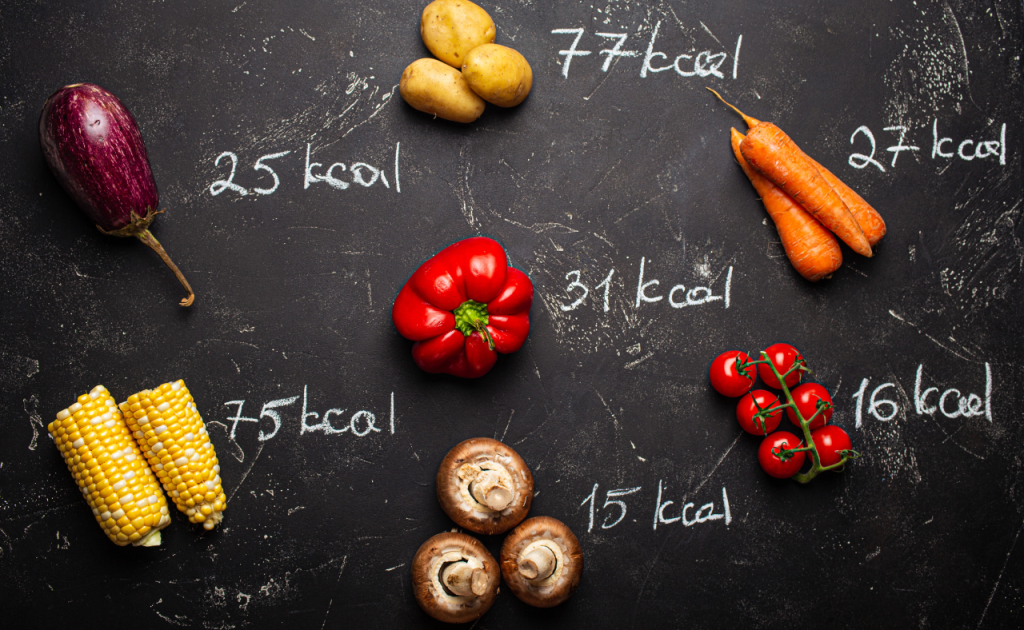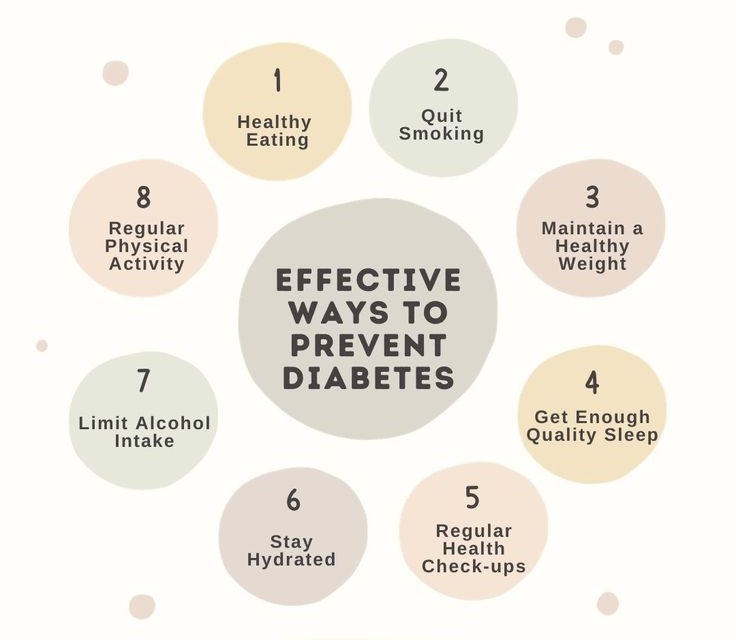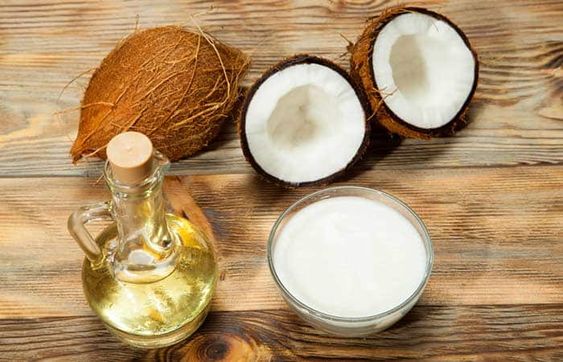Sleep is a cornerstone of good health, influencing everything from energy levels to cognitive function and emotional well-being. However, many people struggle with maintaining a consistent sleep pattern, leading to fatigue and reduced overall productivity. Understanding how to manage your sleeping pattern effectively can significantly enhance your vitality and keep your body active throughout the day. This article will explore strategies for optimizing your sleep routine and the benefits of maintaining a healthy sleep schedule.
A well-regulated sleep pattern is essential for maintaining an active and healthy lifestyle. Irregular sleep can disrupt your circadian rhythm, leading to a host of issues including reduced energy, poor concentration, and an increased risk of chronic diseases. Establishing a consistent sleep schedule, creating a restful environment, and adopting healthy pre-sleep habits are crucial steps in achieving restorative sleep. By managing your sleep patterns effectively, you can improve your daily performance and overall quality of life.
Understanding Sleep Patterns
The Importance of Sleep Cycles
What Are Sleep Cycles?
Sleep cycles are stages of sleep that repeat approximately every 90 minutes during the night. Each cycle consists of several phases, including light sleep, deep sleep, and REM (rapid eye movement) sleep. Each stage plays a critical role in physical and mental restoration. For optimal health, it’s important to complete several full sleep cycles each night.
How Sleep Cycles Affect You
Disruptions in sleep cycles can lead to feeling groggy or unrefreshed upon waking. Ensuring you complete full sleep cycles can enhance your cognitive function, mood, and overall energy levels. By managing your sleep schedule, you can improve the likelihood of completing uninterrupted sleep cycles.
The Circadian Rhythm
What Is the Circadian Rhythm?
The circadian rhythm is your body’s internal clock that regulates sleep-wake cycles. It operates on a roughly 24-hour cycle and responds to environmental cues such as light and darkness. A well-aligned circadian rhythm promotes healthy sleep patterns and helps regulate various bodily functions.
How to Align with Your Circadian Rhythm
Aligning your sleep schedule with your circadian rhythm can improve sleep quality and overall health. Consistent wake-up and bedtime routines, exposure to natural light during the day, and reducing light exposure before bed are effective strategies for maintaining your circadian rhythm.
Strategies for Managing Your Sleep Pattern

1. Establish a Consistent Sleep Schedule
Why Consistency Matters
Consistency is key to maintaining a healthy sleep pattern. Going to bed and waking up at the same time each day helps regulate your body’s internal clock, making it easier to fall asleep and wake up naturally. This consistency can improve both the quality and duration of your sleep.
Tips for Consistency
- Set a Regular Bedtime: Choose a time to go to bed and wake up that you can stick to every day, even on weekends.
- Create a Pre-Sleep Routine: Develop relaxing activities, such as reading or listening to soothing music, to signal your body that it’s time to wind down.
- Avoid Naps Late in the Day: If you need to nap, try to do so earlier in the day to avoid interfering with nighttime sleep.
2. Create a Restful Sleep Environment
The Role of Your Sleep Environment
A comfortable and conducive sleep environment is crucial for restful sleep. Factors such as room temperature, noise levels, and lighting can significantly impact sleep quality. Creating an optimal sleep environment can help you fall asleep faster and enjoy deeper, more restorative sleep.
Tips for a Restful Environment
- Maintain a Comfortable Temperature: Keep your bedroom cool and well-ventilated, ideally between 60-67°F (15-19°C).
- Minimize Noise and Light: Use blackout curtains and consider white noise machines or earplugs to create a quiet, dark sleep environment.
- Invest in Quality Bedding: Choose a comfortable mattress and pillows that support proper sleep posture.
3. Adopt Healthy Pre-Sleep Habits
Importance of Pre-Sleep Habits
What you do in the hour before bed can greatly affect your sleep quality. Engaging in stimulating activities, consuming caffeine, or using electronic devices can interfere with your ability to fall asleep. Establishing calming pre-sleep habits helps prepare your body and mind for restful sleep.
Tips for Healthy Pre-Sleep Habits
- Limit Screen Time: Avoid screens such as phones, tablets, and computers at least an hour before bed. The blue light emitted from screens can disrupt melatonin production and interfere with sleep.
- Avoid Heavy Meals and Caffeine: Refrain from eating large meals or consuming caffeine close to bedtime, as they can lead to discomfort and sleep disturbances.
- Practice Relaxation Techniques: Engage in relaxing activities such as meditation, gentle yoga, or deep breathing exercises to help calm your mind and body before sleep.
4. Monitor and Adjust Your Sleep Patterns

Tracking Sleep Patterns
Monitoring your sleep patterns can help identify issues and track improvements. Various apps and devices are available to track sleep duration, quality, and disturbances. Regularly reviewing this data can provide insights into how well your sleep strategies are working.
Making Adjustments
Based on your sleep data, make adjustments to your sleep routine as needed. If you find that certain habits are affecting your sleep, modify them and observe any changes in your sleep quality. Small adjustments can lead to significant improvements in your overall sleep experience.
Benefits of Managing Your Sleep Pattern
1. Improved Energy Levels
How Sleep Affects Energy
Adequate and restful sleep plays a crucial role in maintaining high energy levels throughout the day. By managing your sleep patterns effectively, you can ensure that you wake up feeling refreshed and ready to tackle daily tasks.
Impact on Daily Life
Improved energy levels contribute to better performance at work, enhanced physical activity, and an overall more active lifestyle. By prioritizing sleep, you can experience greater vitality and enthusiasm in your daily activities.
2. Enhanced Cognitive Function
The Link Between Sleep and Cognition
Sleep is essential for cognitive processes such as memory, concentration, and problem-solving. A well-managed sleep pattern supports optimal brain function, leading to improved cognitive abilities and mental clarity.
Benefits for Productivity
Enhanced cognitive function translates into better productivity and decision-making. Managing your sleep pattern can help you stay sharp and focused, contributing to more effective and efficient performance in various aspects of life.
3. Better Emotional Well-being

Sleep’s Role in Mood Regulation
Adequate sleep is closely linked to emotional regulation and mental health. Poor sleep patterns can lead to irritability, anxiety, and mood swings. By managing your sleep effectively, you can support emotional stability and overall mental well-being.
Impact on Relationships
Better emotional well-being fosters healthier relationships and a more positive outlook on life. Improved sleep can lead to better interactions with others and a more balanced emotional state.
4. Reduced Risk of Chronic Health Conditions
Sleep and Chronic Diseases
Chronic sleep disturbances have been associated with various health conditions, including heart disease, diabetes, and obesity. Managing your sleep pattern can help mitigate these risks and promote long-term health.
Long-Term Health Benefits
By maintaining a consistent sleep schedule and practicing healthy sleep habits, you can reduce your risk of chronic diseases and support overall health and longevity.
Final Thoughts
Managing your sleep pattern is a fundamental aspect of maintaining an active and healthy lifestyle. By establishing a consistent sleep schedule, creating a restful environment, and adopting healthy pre-sleep habits, you can significantly enhance your sleep quality and overall well-being.
The benefits of effective sleep management extend beyond just feeling rested—they encompass improved energy levels, enhanced cognitive function, better emotional well-being, and a reduced risk of chronic health conditions. By prioritizing your sleep and making necessary adjustments, you can experience greater vitality and a more active, fulfilling life.
Remember, achieving and maintaining a healthy sleep pattern requires patience and commitment. Take the time to assess and optimize your sleep routine, and enjoy the positive impact it can have on your daily life. Here’s to a better night’s sleep and a more vibrant, active you!













































